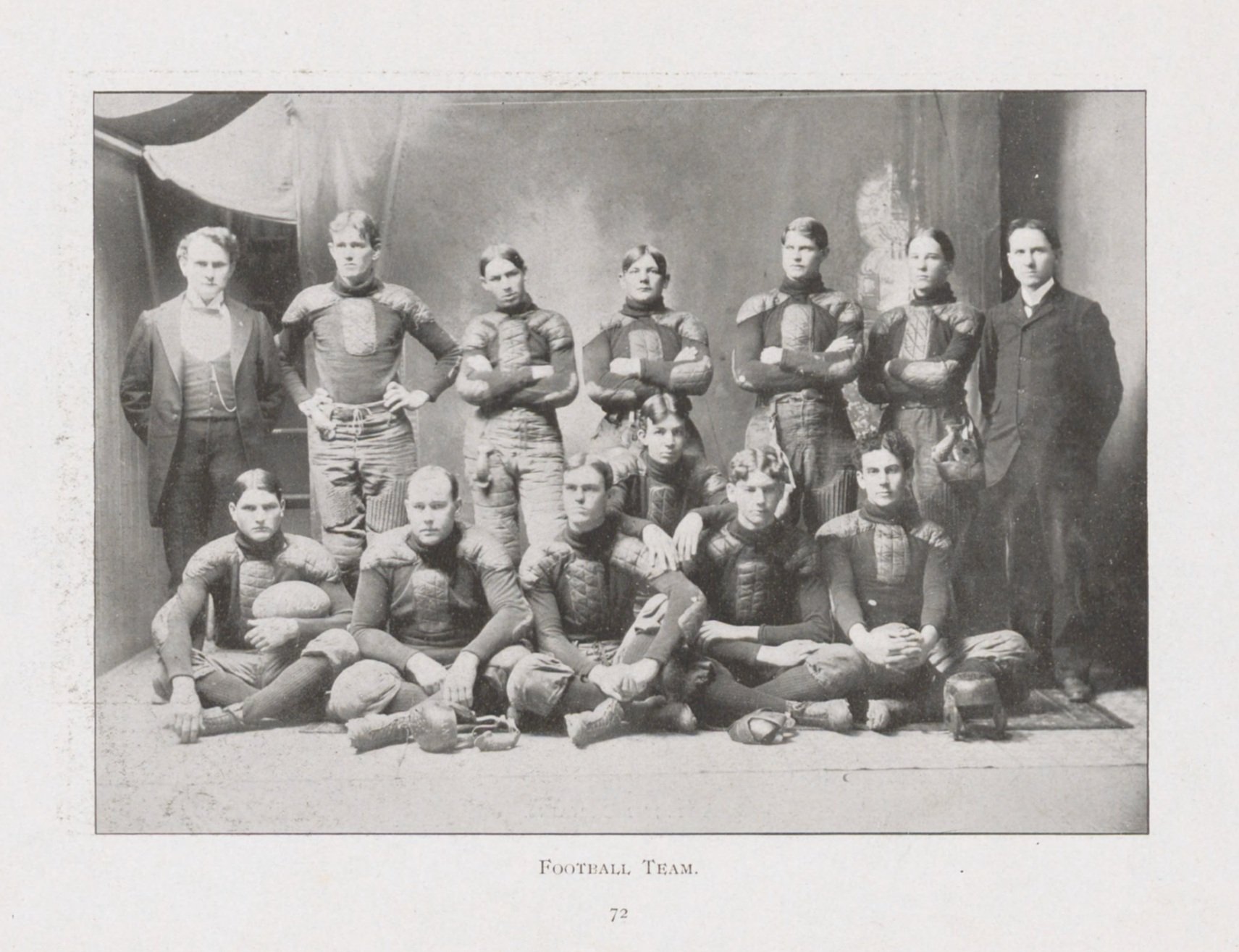The Life of Mattie Talbot: A History of Baylor Women
In the morning, the typical Baylor girl wakes up, throws on cute ‘athleisure’ wear and heads to class. Breakfast is quick and coffee to-go is a must. On the way to class, her AirPods are in, and she is listening to a new podcast episode or chill, alternative music. When she arrives, it’s likely the classroom is girl-dominant, even in the STEM classes. She may even have practice for a Baylor sports team later that evening.
However, what’s normal to Baylor girls now is quite the opposite from how it used to be, which we can see through primary sources written by women throughout Baylor’s history. “The way that women collect is within journals or within scrapbooks,” Sylvia Hernandez, The Texas Collection Archivist, said.
A specific example is through the journal of Mattie Talbot. Mattie was from San Marcos, and she was one of around 80 female Baylor students from 1902-1903.
According to the Texas Collection, Baylor invited female students to the Waco campus in 1886, and the women were housed in Georgia Burleson Hall. “Despite her progressive ideals regarding female education,” the Texas Historical Commission wrote, “Georgia Burleson retained and enforced strict, conservative notions of female piety and behavior.”
Mattie often referred to the enforcement of these virtues by recounting an emphasis on punctuality and home-making. “Genieve and I cleaned house all the morning, and didn’t our room look so cute when we finished,” Mattie said. “Everybody noticed the difference when they came from church.”
Mattie also wrote about the culture around cooking in the hall, which Hernandez said was the main way the women would get their meals.
“If you had happened in room no. 35 Friday night about nine thirty, I wonder if you would have found happy or disappointed girls,” Mattie said. “We ordered a gallon of cream in the afternoon, which we were to enjoy after prayer meeting, and do you think we could have been happy when on opening it to our disgust it was full of salt instead of strawberries, like we had ordered.”
Photo Courtesy of the Texas Collection, Baylor Round Up 1902
Amidst learning these skills, the girls would also attend and study for classes. “Every spare chance I had Tuesday, you might have seen me walking around with my book in hand cramming for English M,” Mattie said. “Didn’t even have time to look out the windows…”
According to Hernandez, the most popular classes offered to women were English, Spanish, piano and art. “Females were very commonly, at Baylor anyway, guided to go more towards education and to become teachers,” Hernandez said, “Because they thought it was less stressful on a female to do that rather than to go into religion and history and those sorts of things.”
Though the 20th century Baylor girl had many responsibilities, there were also opportunities for social events and soirees in the hall parlors. “We went wearily and happily to our rooms, confident of having had the best time that comes in the life of a G.B. girl,” Mattie wrote after attending the hall’s ‘Tacky Party.’
She also frequented the Erisophean Literary Society sessions, equivalent to original fraternity events, with her male classmates. Some of these events included intramural games and watching official Baylor sports teams.


Photo Courtesy of the Texas Collection, Baylor Round Up 1902
Women could participate in intramural sports, but they could not play for a Baylor team until 1972, according to the Olga Fallen Collection. Instead, Baylor would have women pose for teams in the yearbook. “Our tennis club went down Saturday afternoon to have our picture for the ‘Round Up,’” Mattie said. “Even if we haven’t played tennis we can have a picture.”
However, the majority of the male society events consisted of debates between the ‘sophies’ and ‘philos,’ which were competing literary societies.
“The programme passed off a little too soon for some of us, and were we not somewhat surprised to know the Erisopheans would do so well,” Mattie wrote. “How I wished Mr. Barron could have come in, and wonder why he didn’t so we had to tell each other ‘good night & pleasant dreams’ on the door step, was it a sin?”
Photo Courtesy of the Texas Collection, Baylor Round Up 1902— Mattie pictured middle, front row
It was not uncommon for romances to strike between students like Mattie and Mr. Barron, however the protocol was very different due to the high emphasis on purity.
In the 1930s, Baylor provided each woman with a handbook regarding strict social conduct, according to Looking Back at Baylor by Kent Keeth. Talking to a male student for more than 20 minutes was considered a date, and each female student was allowed a specific number of dates depending on their class. There were absolutely no dates in dormitories or cars.
Dress code was another strictly enforced difference for women in the 20th century. According to Hernandez, the women were required to wear long dresses with sleeves on campus and off-campus, or date dresses, were sometimes tighter. “Friday afternoon I received a cute evening dress from Blaunch,” Mattie said, “But believe she wants to make a young lady of me by the length of the skirt.”
Mattie’s diary ends a few months before she died of appendicitis at 19 years old. Although she was never able to finish her degree at Baylor, her journal will continue to provide information about the vast differences in the lives of women attending Baylor.


